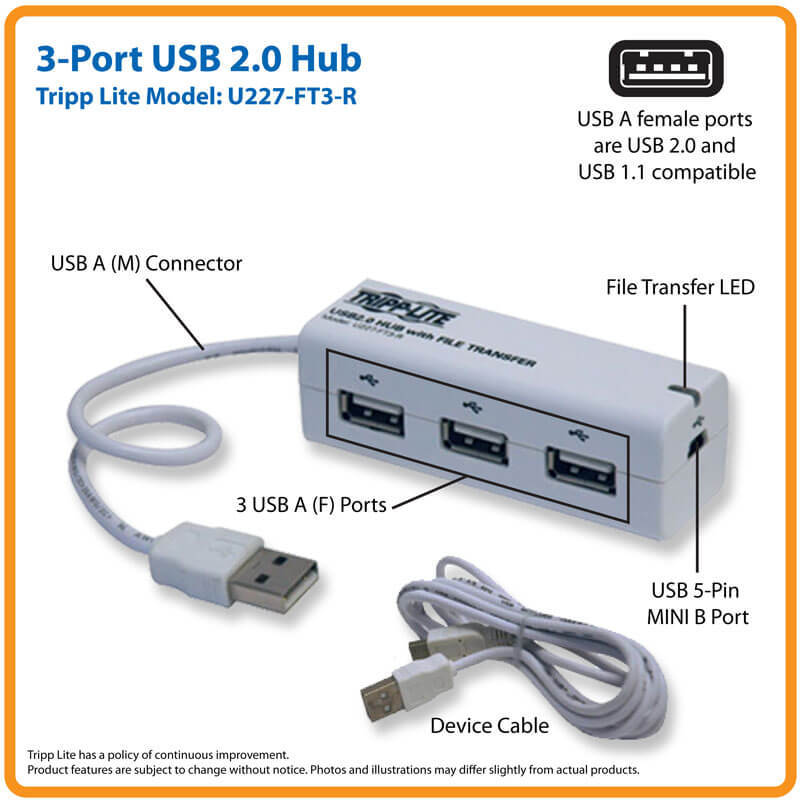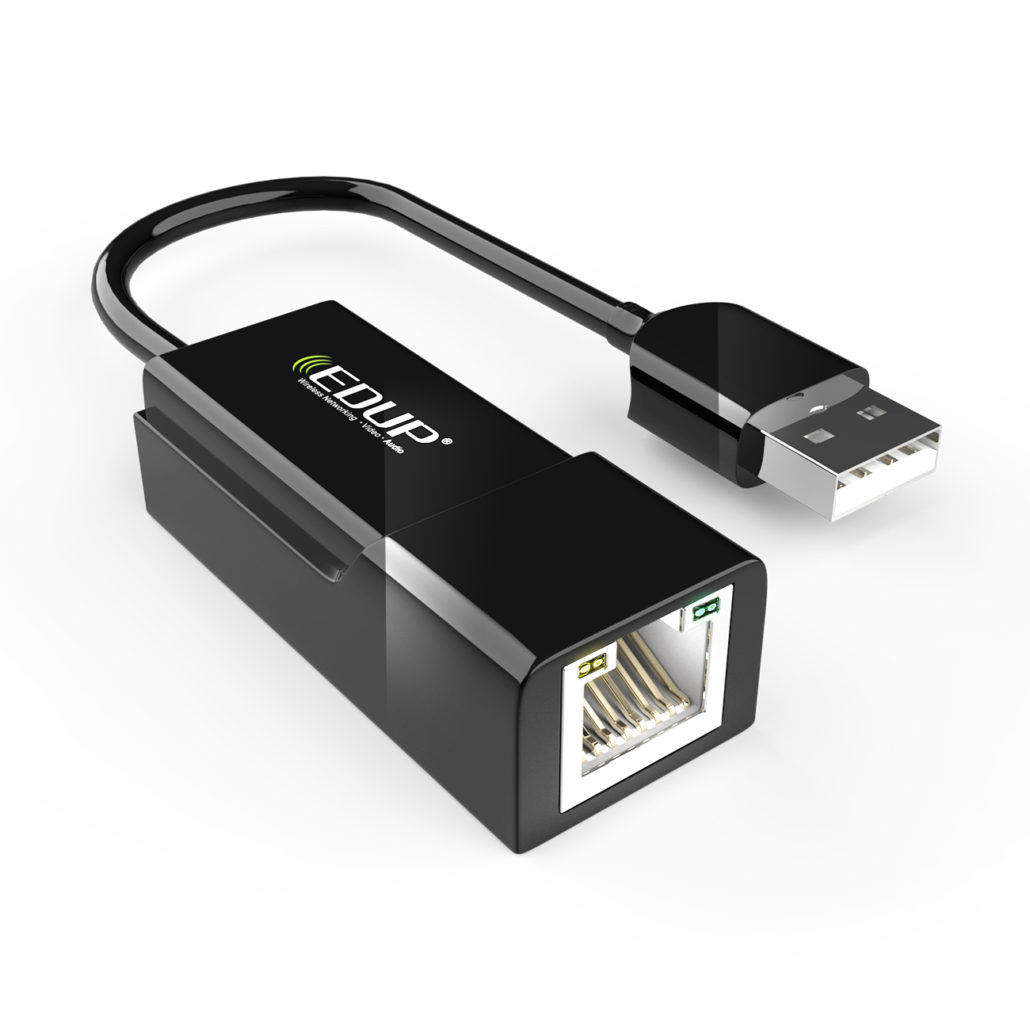

The devices at both ends need to have their own power source. Ethernet only transmits data and not power. There are even novelty devices like notebook coolers, USB mini vacuum cleaners and such that do not really interface with the processor but just draw power from the USB port. USB is capable of providing a small amount of power for devices that are not power hungry keyboards and mice belong in this category. Of course it is possible to extend the length of either cable with the use of repeaters and other active devices. That is miniscule when you consider that a CAT5e cable used for Ethernet can be up to 100 meters long. A USB cable has a maximum length of 5 meters to still be reliable. Aside from file transfers, most uses of Ethernet are well below the 100mbps limit.Īs always with interfaces that are very fast, its range is quite limited. This speed is essential for USB as some devices, like flash drives, benefit tremendously from added speed. USB 2.0, the most used nowadays, can achieve speeds of up to 480mbps while typical Ethernet installation can only reach 100mbps. On the other hand, Ethernet has been around for more than 30 years, predating even the internet, and was developed for interconnecting computers. It didn’t really achieve this goal but what it did was create a single interface that replaced the multitude of ports used by peripherals.

USB, or the Universal Serial Bus, was developed with the intent of reducing the number of wires used in computers. USB is used for connecting peripherals like keyboards, mice, printers, and more while Ethernet was developed for networking or the interconnection of multiple computers for the intent of transferring information.

The main difference between USB and Ethernet is their purpose. Most computers have at least one port for each while it is not uncommon to have more than one. USB and Ethernet are two components that are essential to modern day computers.


 0 kommentar(er)
0 kommentar(er)
